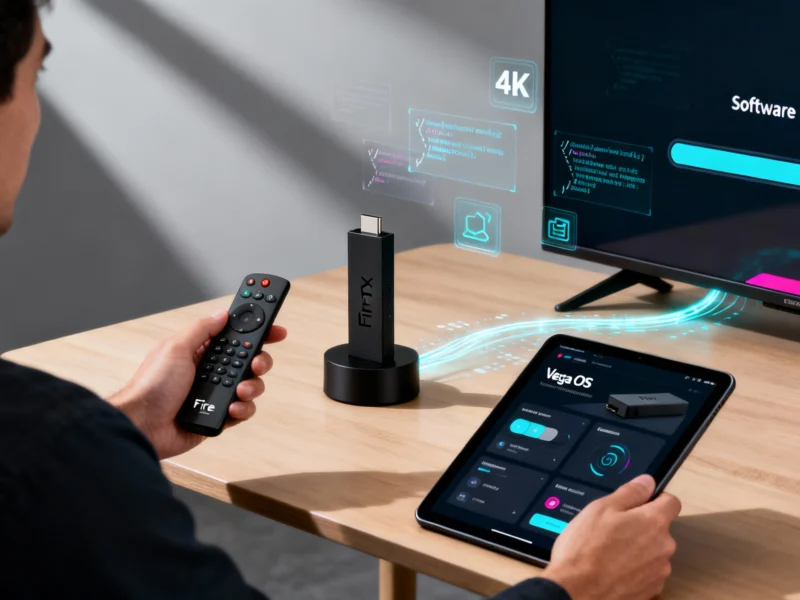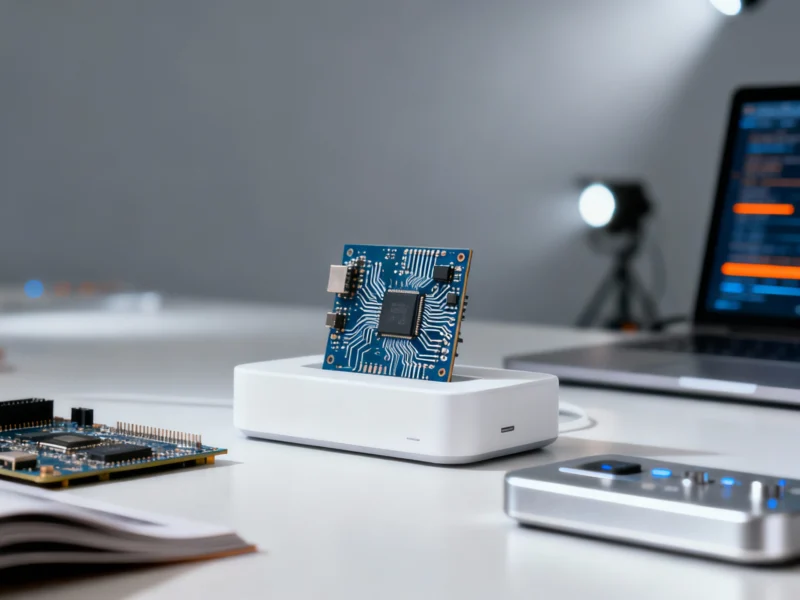Microsoft has consolidated its Windows engineering teams under a single leadership structure for the first time since 2018, aiming to accelerate development of what executives call an “Agentic OS.” The reorganization brings together approximately 8,000 engineers previously split between Azure infrastructure and Windows client development, signaling a strategic shift toward more integrated operating system development as artificial intelligence becomes central to Microsoft’s platform vision.
The Great Divide: Windows’ Seven-Year Separation
When former Windows chief Terry Myerson departed in 2018, Microsoft initiated what internally became known as “the great unbundling” of Windows engineering. The company split the operating system’s development between Azure cloud infrastructure and client-focused teams, with approximately 5,000 engineers moving to Azure to work on Windows platform fundamentals while another 3,000 remained focused on Windows client experiences. This separation reflected Microsoft’s evolving priorities under CEO Satya Nadella, who had famously declared “Windows is no longer the most important layer” for the company in 2015.
The 2018 reorganization created significant operational challenges. Development teams working on core Windows components like the kernel, file system, and security found themselves reporting through Azure’s leadership structure, while client teams focused on user interface and application experiences operated separately. Former Windows and Surface chief Panos Panay attempted to bridge this divide in 2020 by bringing some fundamental teams back under Windows leadership, but the core engineering separation persisted until the current consolidation.
Strategic Shift Toward AI-First Operating System
The reunification comes as Microsoft accelerates its push toward what company documents describe as an “Agentic OS” – an operating system where AI agents proactively assist users across applications and system functions. Internal memos obtained by technology publications indicate the reorganization will “eliminate organizational friction” that has slowed integration of AI capabilities throughout the Windows stack. Microsoft has been investing heavily in AI infrastructure, with the company committing approximately $13 billion to OpenAI and developing its own Copilot AI assistants.
Industry analysts see the move as essential for Microsoft’s competitive positioning. “You can’t build a truly intelligent, responsive operating system with engineering teams working in separate silos,” said Directions on Microsoft analyst Wes Miller. “The separation made sense when Microsoft was prioritizing cloud over client, but the AI era requires tight integration between platform capabilities and user experiences.” The consolidation follows Microsoft’s introduction of AI-powered features in Windows 11, including Recall, which tracks user activity to enable natural language search through past work.
Engineering Impact and Development Acceleration
The reunited engineering organization will be led by Pavan Davuluri, who previously oversaw both Windows and Surface teams. Internal communications indicate the change will streamline decision-making and reduce coordination overhead that has complicated Windows development. Microsoft’s Windows 11 development cycles have faced criticism for inconsistent feature updates and integration challenges, with some analysts noting that the separated structure contributed to these issues.
According to Microsoft’s latest earnings report, Windows revenue has shown modest growth of 4% year-over-year, but the company faces increasing pressure from competitors integrating AI throughout their operating systems. The reorganization follows similar consolidations at Apple and Google, both of which have unified their operating system development teams to accelerate AI integration. Microsoft’s move suggests the company recognizes that competing in the AI era requires breaking down internal barriers that have hindered rapid innovation.
The Future of Windows as an “Agentic OS”
Microsoft’s vision for an “Agentic OS” represents the most significant shift in Windows philosophy since the introduction of Windows NT. Company documents describe an operating system where AI agents work continuously in the background to anticipate user needs, automate complex workflows, and provide contextual assistance. This requires deep integration between low-level system components and user-facing features – integration that was challenging with separated engineering teams.
The timing aligns with Microsoft’s preparation for Windows 12, expected to launch in 2025 with AI capabilities at its core. Industry observers believe the reunited engineering team will enable Microsoft to deliver more sophisticated AI features that work seamlessly across the operating system. As one Microsoft engineer noted anonymously, “We’ve been trying to build the future of Windows with one hand tied behind our back. Now we can finally work as a unified team to create the intelligent operating system our users deserve.”
References:



